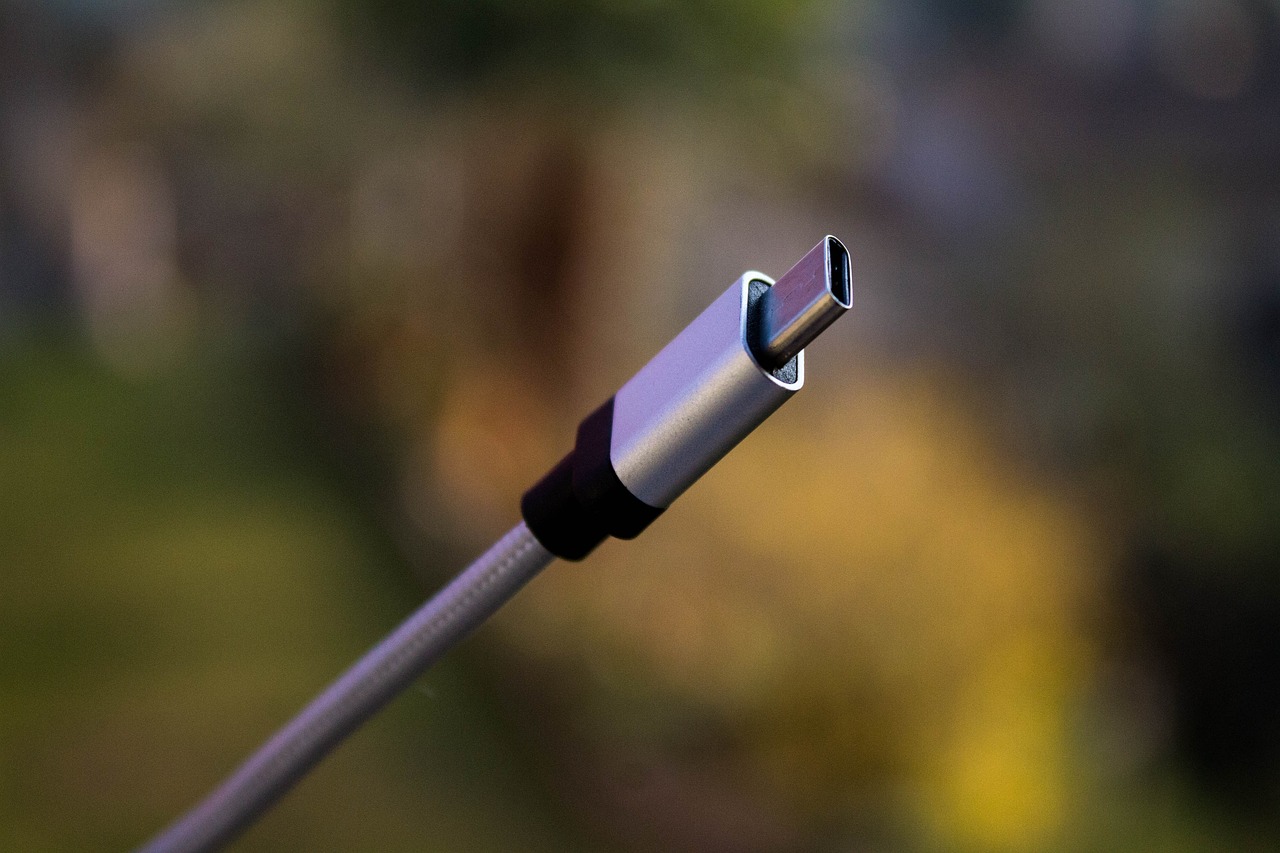Title: Implementing a 4-story Elevator Controller with PLC
This project outlines the implementation of a 4-story elevator controller using PLC (Programmable Logic Controller). The main objective is to control the elevator movement and ensure the safety of passengers. The system includes a PLC that receives input from sensors and buttons, and provides output to the elevator motor and other necessary components. The PLC program is designed to manage the logic of the system, including handling requests from each floor, determining the direction of travel, and implementing safety features such as emergency stop and door safety. The implementation of this system allows for efficient and reliable control of the elevator, ensuring smooth operation and passenger comfort.
Elevator controllers are crucial components of modern elevator systems, responsible for managing the operation of elevators and ensuring the safety of passengers. In this article, we will discuss how to implement a 4-story elevator controller using PLC (Programmable Logic Controller).

PLC-based elevator controllers offer several advantages over traditional elevator systems. PLCs are highly reliable and capable of processing complex logic quickly, making them ideal for controlling elevators. Additionally, PLCs are easy to program and maintain, allowing for flexible and efficient management of elevator operations.
To implement a 4-story elevator controller with PLC, you will need to follow these steps:
1、System Design: Design the overall system architecture, including the PLC, sensors, actuators, and any other necessary components. Ensure that the system can accurately detect passenger requests and control the movement of the elevator.
2、PLC Selection: Select a suitable PLC for the job. The PLC should have enough input/output ports to handle the necessary signals from sensors and actuators. Additionally, it should have sufficient processing power to handle complex logic and provide timely responses.
3、Sensor and Actuator Integration: Install sensors at each floor to detect passenger requests. These sensors can be simple mechanical switches or more advanced optical sensors, depending on the system requirements. Actuators, such as motors or solenoids, will be used to control the movement of the elevator.

4、Programming: Program the PLC to handle passenger requests and control elevator movement. The program should include logic to determine which floor to go to based on passenger requests, as well as safety features to ensure smooth and safe operation.
5、Testing and Debugging: Thoroughly test the system to ensure it operates as expected. Debug any issues that arise during testing to ensure the system is reliable and efficient.
6、Maintenance and Monitoring: Implement a maintenance schedule to periodically check the system for any issues or wear and tear. Additionally, install monitoring software to remotely monitor the system's performance and identify any potential problems before they become serious.
With these steps in place, you can implement a 4-story elevator controller with PLC that offers efficient and reliable operation while ensuring passenger safety. The PLC-based system can be further customized and expanded to accommodate additional features and requirements as needed.
Articles related to the knowledge points of this article:
Programmable Controller: Siemens PLC
PLC Controller Data: Understanding the Basics and Beyond
Hengyang Huichuan PLC Controller: The Backbone of Modern Automation Systems
PLC Controller in Jiangsu Tunnel: Key Component for Efficient Operation